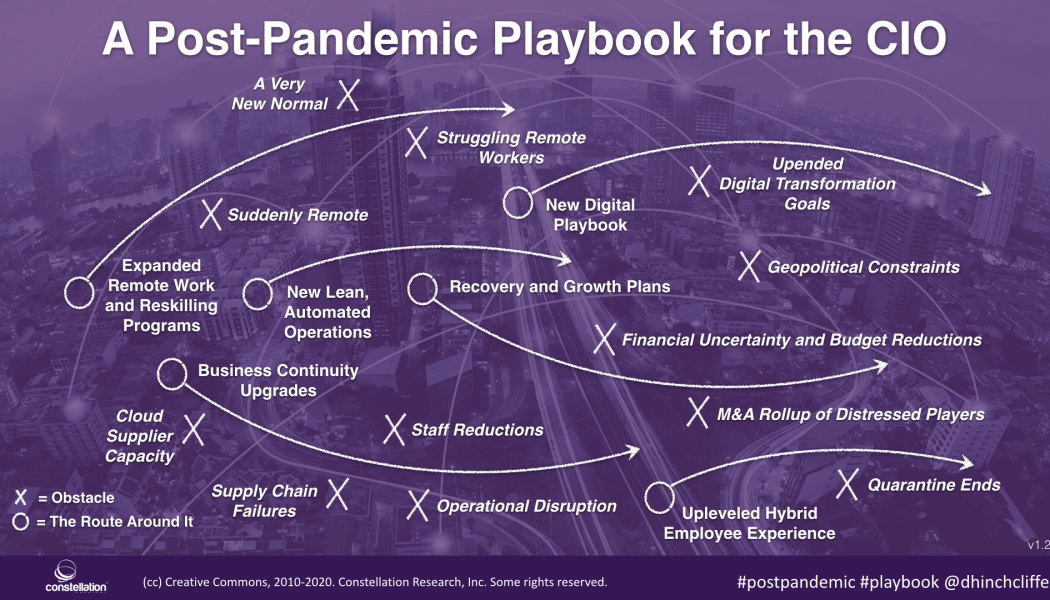CIOs
Why Unlocking Data is Setting CIOs Up for Success
Whilst companies used to build one to three-year transformation plans, today technological advancements and customer expectations are changing much faster. Everything companies do have to be driven by flexibility, agility and customer-centricity. Connecting with and serving customers, building the right data architecture, and embedding an open data culture throughout the organisation are all part of digital transformation. It also entails training its workforce to effectively and transparently share and leverage data. In many cases, it is not technology that is holding companies back. Rather, this is caused by the ways in which companies have set up their systems to handle data. According to MuleSoft’s 2020 Connectivity Benchmark Report, 85% of organisations admit that integration challeng...
How CIOs can Help Build Revenue Post Pandemic
Amid a historic global economic slowdown and societal crisis, CIOs can show their mettle and drive their organisations to a more prosperous future by practising the skills and embodying the attitudes that mark out all great leaders. The first stage in achieving that goal will be to act fast to reset cost bases as even relatively small expenses come under extreme financial scrutiny. Today, every IT investment needs TCO written through it like a stick of rock and CIOs need to go the extra mile to calibrate the value of the investments they recommend. In short, more than ever they need to lead as digital transformation and adoption of new technologies become existential issues of survival and critical factors to overall success. Of course, a large part of being a CIO has always been about cos...
CIOs Should Embrace the Opportunities of a Post-lockdown Market
As South Africa enters the tenth week of the nationwide lockdown, the business focus has shifted from enabling employees to work remotely to now planning for what the new normal is likely to look like. This requires CIOs to balance existing organisational priorities with ways of becoming more adaptive to the changing environment. Critical to this is decisive decision-making that positions the business for growth. For small to medium-sized businesses that do not have all the skills in-house to transform their IT environments, decision-makers should consider going the outsourcing route. By partnering with a managed service provider (MSP) that can deliver everything from a cloud-readiness audit through to helping identify the technology gaps that exist between the business strategy and what i...
Is Your Business Ready for the New Pace of Digital Transformation?
Sourced from Syspro. While digital transformation has ostensibly been on top of the CIO’s agenda for years, the reality is that many businesses have been slow on the uptake. Recent events like the lockdown in South Africa and across the world have forced their hand, and those that were on the back foot are now scrambling to keep up. However, when it comes to accelerating digital transformation, businesses need speed, not haste. Now more than ever it is essential to understand that technology is an enabler, a means to an end and not the end itself. In order to succeed, it is critical to begin with a strategy, to understand what business benefits need to be achieved and how technology can assist. No more delaying the inevitable /* custom css */ .tdi_3_558.td-a-rec-img{ text-align: left; }.td...







